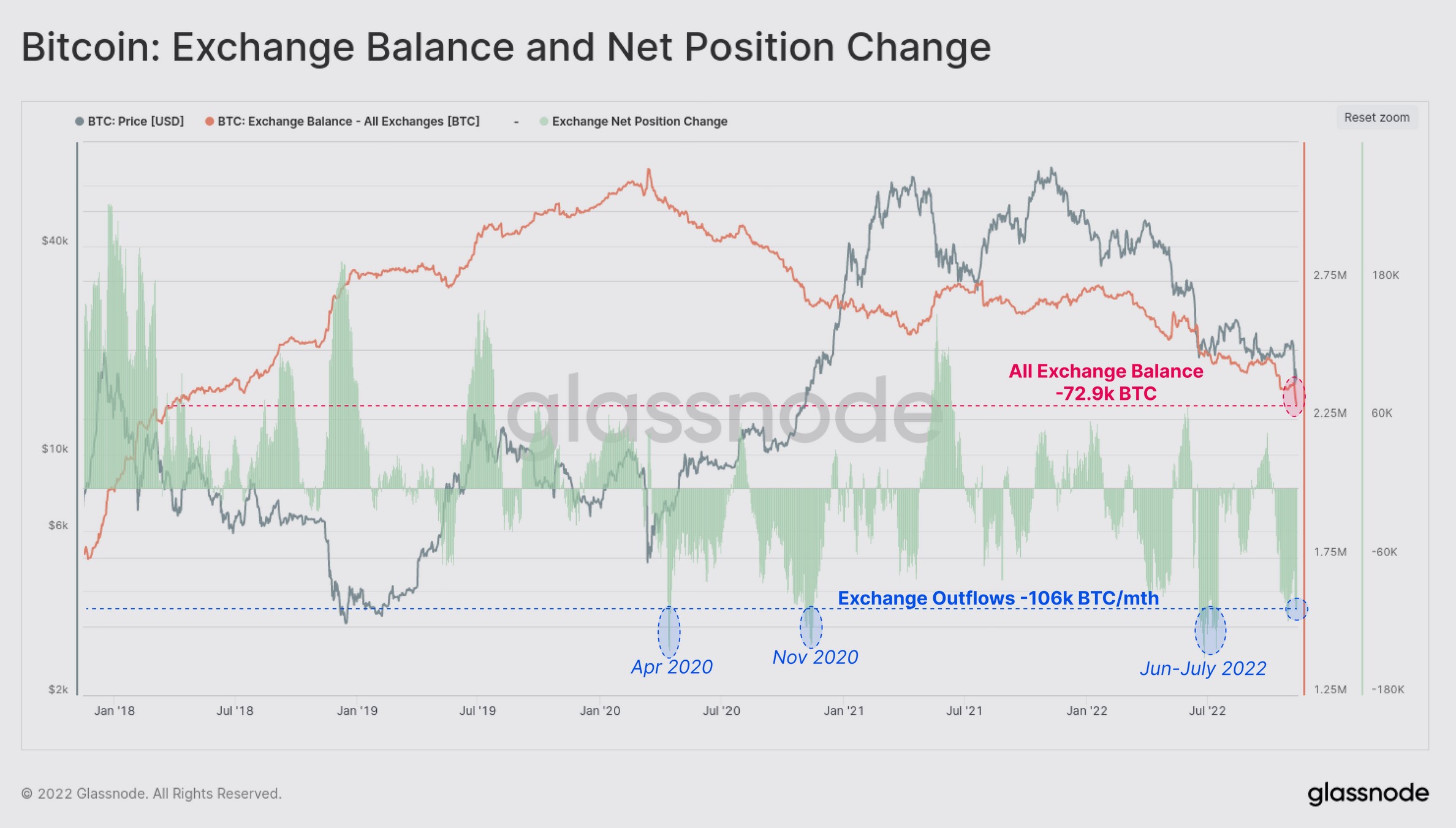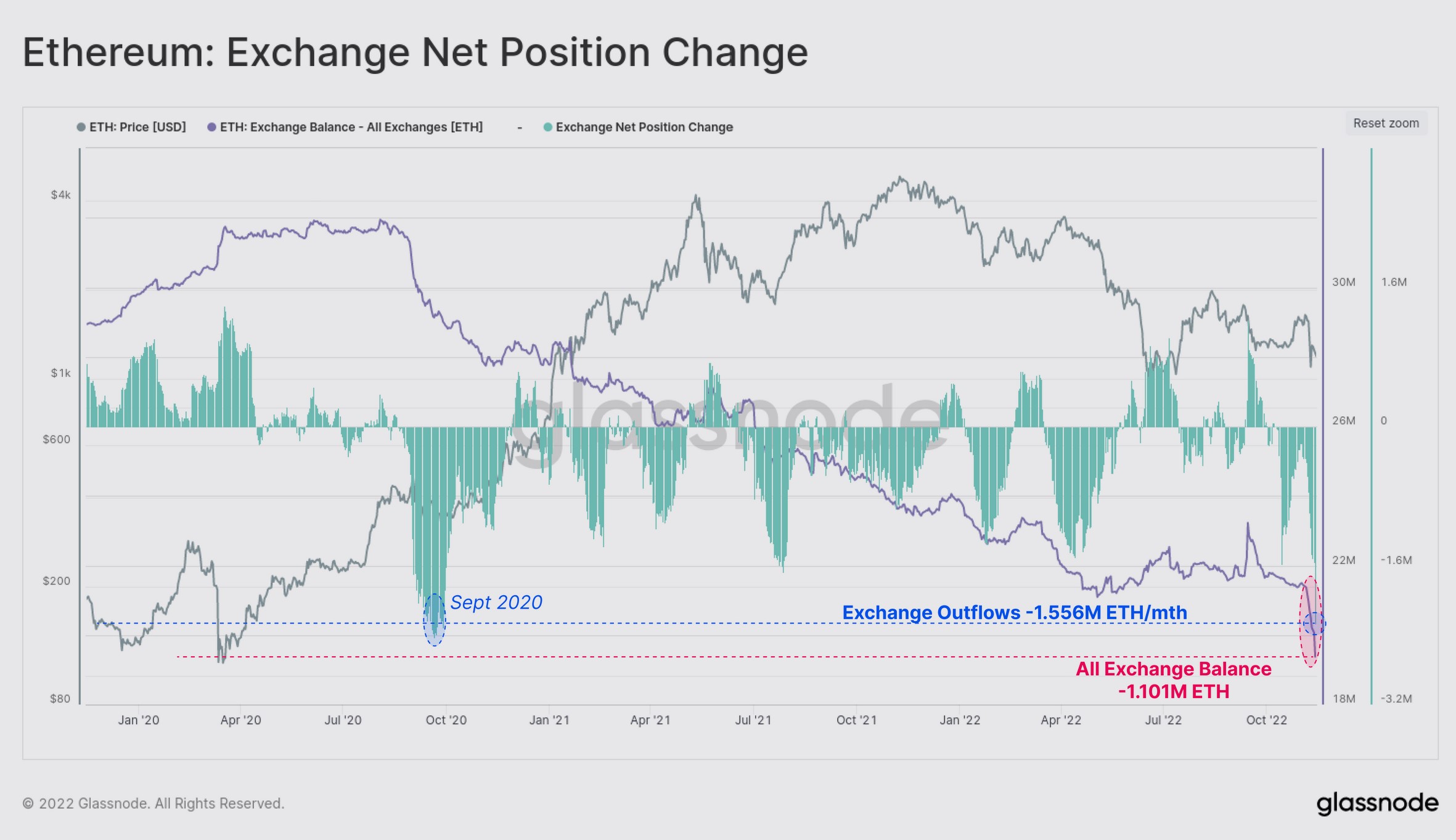
Events of the past week have been absolutely crippling for Bitcoin.
FTX’s collapse presents as the most impactful insolvency of a centralised company in the crypto space since the demise of Mt Gox in 2014. For those unfortunate enough to have had their funds caught up in FTX, Mt Gox presents as a sobering comparison – eight years on from the exchange shutting its doors, customers have yet to see a single cent.
Bankruptcy proceedings are long, drawn out and will likely only end with customers getting pennies on the dollar, in any case. The reality of an $8 billion hole in the balance sheet at FTX is not going away anytime soon.
Cold storage is the only safe way
These events could not be a better reminder of the dangers inherent in the cryptocurrency space. There are no bailouts in the crypto space. These are not banks, covered by insurance, reserve requirements or other strict regulations.
The reality is that it is almost impossible to know what exchanges are doing with customers’ deposits. Until it becomes too late that is – we will likely know very soon what exactly happened to all the funds caught up in the tangled web of Alameda and FTX.
There is only one way that someone can serve their crypto assets with 100% safety, and that is cold storage. Pulling assets offline means there is zero counterparty risk, with holders not having to trust any other individual, party or intermediary. It’s sort of akin to stuffing gold bars under your mattress, in a way.
Funds flowing out of exchanges and into cold storage
Look at data from on-chain analytics firm Glassnode, the flows of Bitcoin this past week show quite how much the market has been spooked. People are finding out the hard way that cold storage is the only safe way to be.
In fact, exchanges have just experienced one of the largest weekly outflows in Bitcoin history, with nearly 73,000 bitcoins departing exchanges.
 This puts the week in the same realm as the panic of March 2020 when the COVID pandemic hit, as well as June and July of this year, when the market crashed in the wake of the Terra crisis, and all the firms caught up in that web.
This puts the week in the same realm as the panic of March 2020 when the COVID pandemic hit, as well as June and July of this year, when the market crashed in the wake of the Terra crisis, and all the firms caught up in that web.
Looking at Ethereum, the pattern is similar:

Has Tether seen selling?
Another interesting factor to track in the wake of these (unfortunate repeated) crises is Tether. The controversial stablecoin saw seelig down as far as 95 cents in the wake of the Terra crisis, as people feared that it did not have enough reserves to handle the immense selling pressure, which saw its market dip from $83 billion on the eve of the meltdown to $63 billion a month later.
This time round, the reaction has been more subdued – at least thus far. Tether has experienced selling, just not on the same level as May, as its market cap has dipped from $69.8 billion to $66.3 billion, a dip of 5%.
The peg has failed to hold $1, but has come nowhere near dipping as far as 95 cents seen in May. This time round, it bottomed at $0.986 – and even at that, very briefly last Thursday. While it has not reclaimed its $1, it is very close at only fractions of a penny off.
In conclusion, this crisis has had an obvious effect on the market’s sentiments. It is notable that as it was going down, CZ, Binance’s CEO, was tweeting out that anybody interested in safety simply must turn to cold storage.
It appears that the market is listening. That and, well, selling. Both reactions are understandable, as crypto reverberates from yet another crippling blow stemming from a centralised player employing poor risk management, naivety and reckless leverage – with customers again holding the bag.

